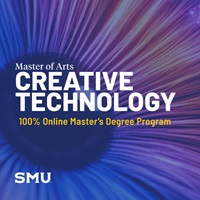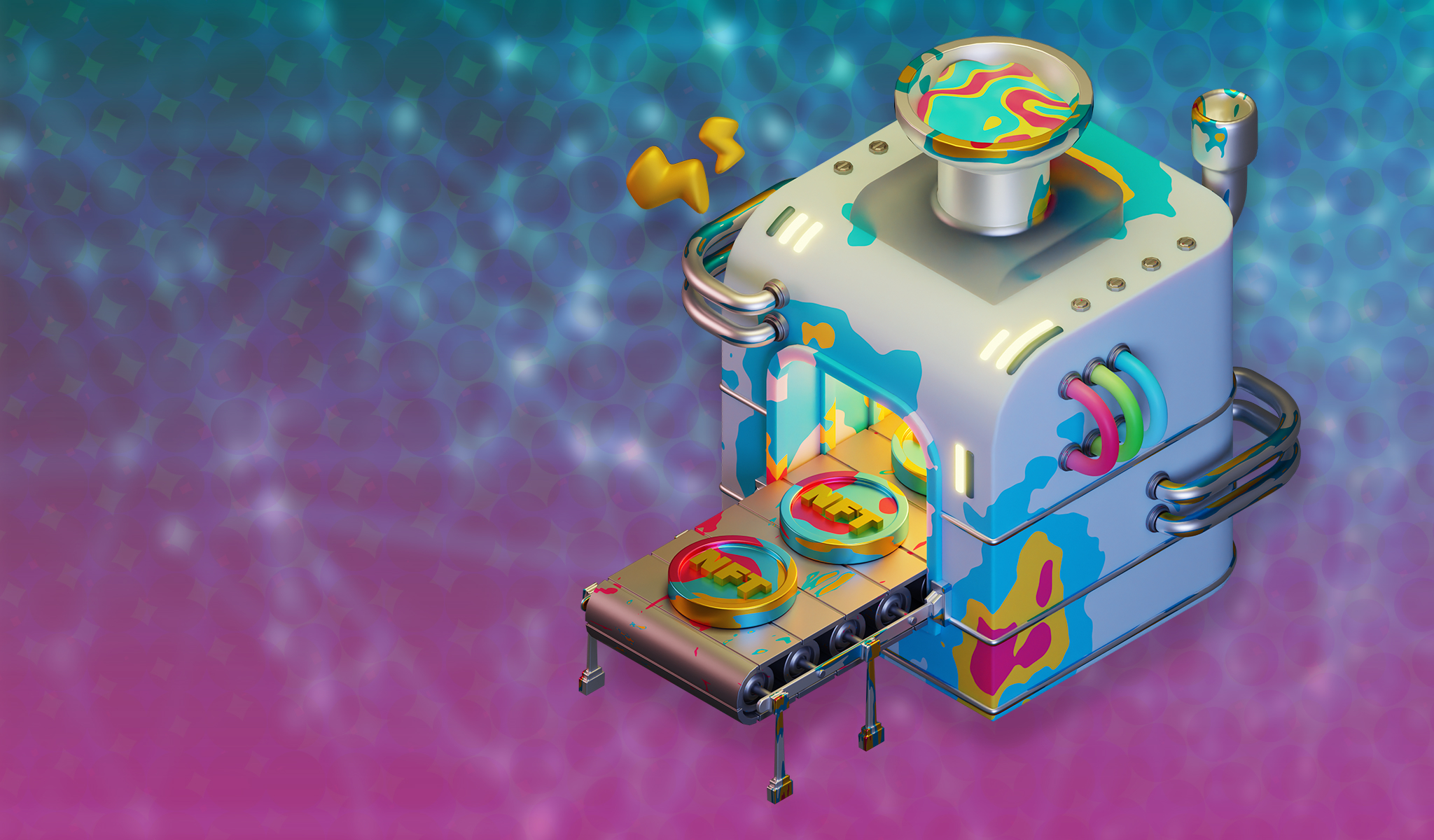Non-Fungible Tokens (NFTs) are digital assets that are a product of both creative thinking and advanced technology. They represent the latest frontier in the use of digital tools to create new, unique marketplaces for creative thinkers.
The NFT market has attracted everyone from digital artist Mike “Beeple” Winkelmann and musician Grimes to former President Donald Trump. NFTs offer creators the chance to explore the use of digital tools in making new artwork that involves videos, images and sound. NFTs also have become popular for collectibles, such as digital trading cards.
For buyers and collectors, the attraction of NFTs is the ability to own the original copy of a digital work. Doing so involves digital marketplaces, crypto currency and the blockchain.
What Are NFTs?
An NFT is a digital creation that has a unique ID code that differentiates it from all other digital assets, including reproductions of the original work. The “non-fungible” part means it is not an asset that can readily be exchanged for another object of similar value.
Because the buyer receives nothing physical when purchasing a digital asset, the NFT serves as a certificate of ownership. That ownership is verified by its placement on the block chain, an immutable digital ledger.
Most people know about NFTs through their creation for famous personalities. For example, the creation of digital trading cards featuring Trump became news in late 2022.
Some of the most famous (and expensive) NFTs ever sold include digital artist Pak’s “Merge,” which sold for more than $91 million in December 2021, and CryptoPunks, a series of numbered digital NFTs created by a pair of Canadian software developers. CryptoPunk #5822 sold for more than $23 million in February 2022.
The popularity of NFTs has led to a growing new marketplace for lesser-known creators, giving them an opportunity to find a receptive audience for their work.
How Are NFTs Made and Sold?
NFTs cover a range of assets, including images, videos, music, GIFs, trading cards and other types of collectibles. Making an NFT requires creation of a digital token through a process called cryptography, often referred to as “minting.” And minting requires creating smart contracts using crypto currency.
A smart contract is essentially a piece of software code that allows for storage of the NFT’s unique ID on the blockchain, which is both secure and transparent.
Here’s an overview of the steps needed to make an NFT, according to USA Today.
- Place something – an image, a video, a piece of original music, etc. – into a digital format that can become an NFT.
- Purchase crypto currency and place it in an online crypto wallet. Creators use these “crypto bucks” to pay any fees associated with minting an NFT and putting it up for sale.
- Choose a platform to sell the NFT on. Popular choices include Nifty Gateway and OpenSea. Each platform offers different rate structures and may specialize in certain types of NFTs. Each also uses different block chains.
- Mint the NFT by uploading it to the crypto wallet and placing it on the block chain for sale. The profits from selling an NFT also go into the crypt wallet.
Creating a sellable NFT requires a combination of artistic and technical skills, as well as people skills and an instinct for what people are willing to buy. There’s also a need to understand basic finance issues, including how to manage minting fees as well as other charges, such as “gas fees.” A gas fee is charged for performing any function on the Ethereum blockchain, including minting an NFT. Gas fees rise and fall depending on the use of the blockchain at any given time.
Are NFTS Profitable?
Most people who have an interest in NFTs are aware of the millions made through the sales of NFTs such as CryptoPunks and “Merge.” But even in the modest sales of less famous artists, an NFT holds value because there is only one version of the asset.
The attraction of an NFT for a collector is that it can only have one owner at any given time. No one can alter ownership or mint the same NFT on the blockchain. That creates scarcity in the marketplace and allows NFT creators the ability to set fair rates for their assets.
This secure system has created a new opportunity for digital artists, allowing them to reach a global audience through digital marketplaces. While the popularity of NFTs may ebb and flow, it’s a technology that is expected to continue providing a potentially profitable outlet for creative thinkers.
Explore NFT Creation Through SMU
 SMU professor and M.A. in Creative Technology program director Ira Greenberg has an affinity for NFTs, having launched his own collection and AI art platform, Emergent Properties, which he refers to as the world’s first Generative+AI art platform. Within the master’s program, Greenberg will bring his knowledge of NFTs to help graduate students connect generative art, which involves creative coding in the NFT space, with generative AI. Learn more about Professor Greenberg’s AI art platform by listening to an interview he recorded on a NFT podcast here.
SMU professor and M.A. in Creative Technology program director Ira Greenberg has an affinity for NFTs, having launched his own collection and AI art platform, Emergent Properties, which he refers to as the world’s first Generative+AI art platform. Within the master’s program, Greenberg will bring his knowledge of NFTs to help graduate students connect generative art, which involves creative coding in the NFT space, with generative AI. Learn more about Professor Greenberg’s AI art platform by listening to an interview he recorded on a NFT podcast here.
To learn more about SMU’s M.A. in Creative Technology program, visit our program page.
